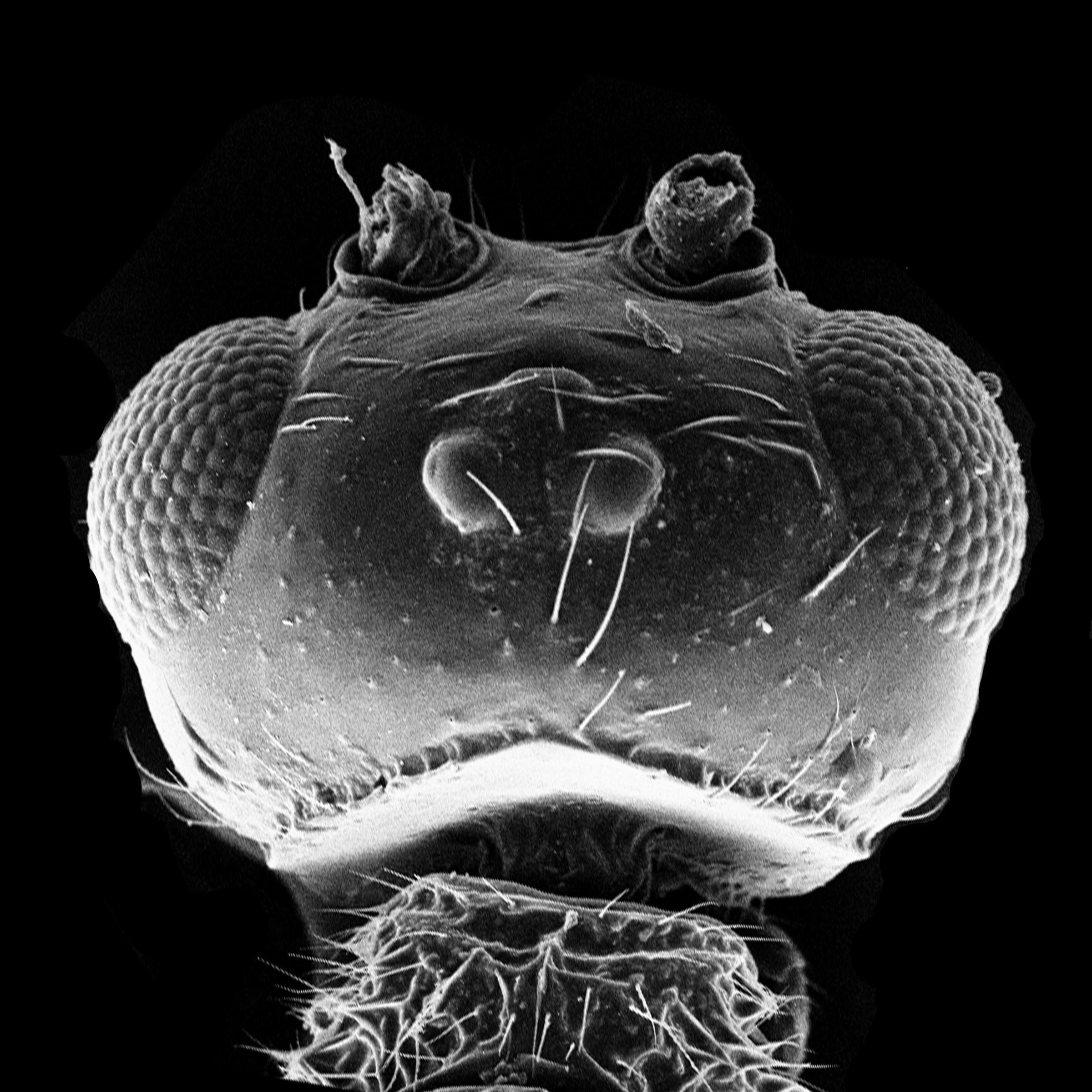

An international journal on animal taxonomy, diversity, ecology and zoogeography
ISSN: 0973-7871 (online)
ISSN: 0973-9955 (print)


An international journal on animal taxonomy, diversity, ecology and zoogeography
ISSN: 0973-7871 (online)
ISSN: 0973-9955 (print)

Volume: 2, Number: 2
ISSN: 0973-7871 (Online Edition)
Date of Publication: December 30, 2008
Abstract: Three new species of Aprostocetus viz Aprostocetus sairandhricus Narendran & Nikhil sp. nov., Aprostocetus asulcatus Narendran & Minu sp. nov. and Aprostocetus alpinus Narendran & Peter sp. nov. and two new species of Neotrichoporoides viz Neotrichoporoides neoidukkiensis Narendran & Peter sp. nov. and Neotrichoporoides aicoptaxus Narendran & Peter sp. nov. are described. Map showing distribution of both genera in India is given.
Abstract: Genus Indometopis Cherian is placed under the tribe Tricimbini. The rare genus Tricimbomyia Cherian is revised and a new species T. brevicarinata is described from India. The unique characters of the genus and their significance in the evolution of Chloropidae is discussed and a key to all the species of the genus is given.
Abstract: The genus Labus of the Indian subcontinent is reviewed. The distribution of Labus angularis Vecht, L. humbertianus de Saussure and L. pusillus Vecht in the Indian states is augmented. The species L. amoenus is newly recorded from Malaysia and Singapore, and L. angularis is newly recorded from Myanmar. A key to species of the Indian subcontinent and a checklist of the world species are provided.
Abstract: Corrections are made on the erroneous published records of several species of Anagrus Haliday and Anaphes Haliday (Hymenoptera: Mymaridae) from India. Two Indian species of another fairyfly genus, Polynema Haliday, are placed in the proper subgenus, P. (Doriclytus Foerster). Notes on some other Oriental (mainly Indian) Mymaridae are provided; the genera Allanagrus Noyes and Valentine, Australomymar Girault, Eubroncus Yoshimoto, Kozlov and Trjapitzin, Platystethynium Ogloblin, Schizophragma Ogloblin, and Stephanocampta Mathot are newly recorded from Thailand.
Abstract: Resource utilization and habitat exploitations of a species depends on the availability of nectar and larval host-plants, predator avoidance and mate location. This study is an analysis of relationship between three biological characteristics (mobility, body size, behaviour) with resource availability (abundance of host plants) and niche breadth (larval host plant specificity and adult habitat breadth). The adult habitat breadth has a positive correlation with mobility, resource availability and adult body size, although larval specificity showed very little correlation with any of the above factors. This indicates that species with narrow niche breadth in terms of larval feeding specificity or adult habitat breadth are less mobile than the species with wide niche breadth.